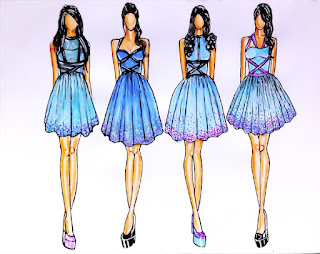Week 4: Medicine + Technology + Art

It has always been clear to me that medicine and technology are two fields that are very correlated in modern developments; however, I was unaware of the ways in which these are also intertwined with art. I thought it was interesting in lecture to see how the artists’ knowledge of the human body is so important to their work. The ability to accurately portray the human body in art is based on a deep understanding of the way it is made up and all of its intricate parts, which is where medicine and technology come into play. By being able to see the biological makeup of the human body, the artist can skillfully display its features and proportions correctly. As science and technology developed in correlation, the artists’ abilities to perfect the portrayals of the human body advanced as well. From http://virgilwong.com/art/ I really liked the way that the lectures and resources pointed out the ways in which medical technology is turned into an art through its perform...


